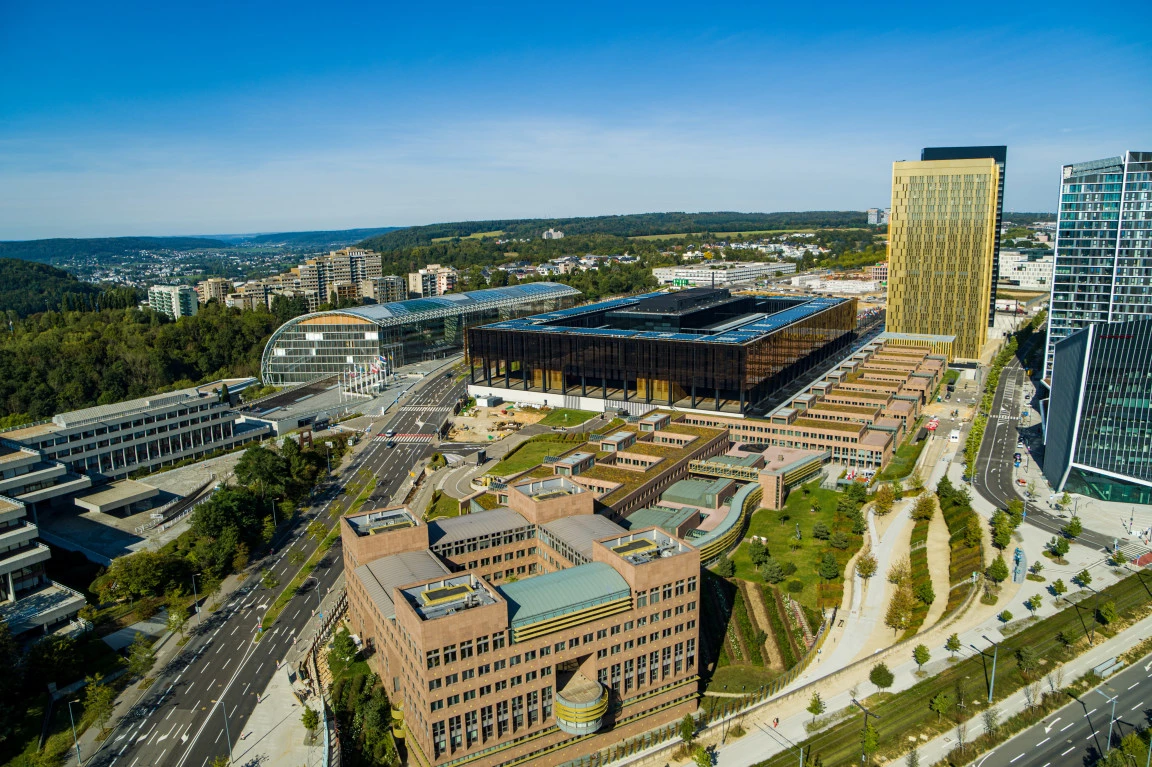
LUXMBOURG SCHENGEN VISA
Work / Tourist visa. Relocation and Study Permit
The best economy in the world today
After Malta, Luxembourg is the second smallest member state of today’s European Union. Nevertheless it was present at the birth of a united Europe. Along with Belgium, Germany, France, Italy and The Netherlands, the Grand Duchy was one of the signatories of the Treaty of Rome in 1957. The ensuing creation of the EEC (European Economic Community) and EURATOM (European Atomic Energy Community) formed the nucleus of the later EU. Luxembourg City itself enjoys equal rights with Brussels and Strasbourg as one of the three official EU capitals.
Several years prior to the ratification of the Treaty of Rome, the Luxembourg capital had already been the scene of significant community decisions. In 1952, the Hôtel de Ville, the city’s Town Hall on Place Guillaume II, was the venue for the signing of the foundation act of the ECSC (High Authority of the European Coal and Steel Community), which became the predecessor of all subsequent community institutions. The High Authority had its seat in a building of the current State Savings Bank in the railway station area.
An influential figure involved in the foundation of the ECSC was French citizen Robert Schuman, who was born in Luxembourg in 1886 and is hailed as the pioneer of a united Europe. Schuman’s birth house, an attractive villa in the suburb of Clausen, is today the seat of the Centre for European Studies and Research.
This European tradition is most evident on the Kirchberg plateau. Since the 1960s, most of the EU institutions that have taken up residence in Luxembourg are indeed located on Kirchberg in modern office buildings; these include the General Secretariat of the European Parliament, the European Court of Justice, the European Investment Bank, the European Court of Auditors and various departments of the European Commission, not forgetting the Publications Office near the railway station.
The Place de l’Europe, right behind the Grand Duchess Charlotte Bridge, commonly referred to as the “Red Bridge”, is a symbolic gateway to Europe and the booming Kirchberg quarter. The Place de l’Europe features striking futuristic façades, which house not only EU offices and conference rooms, but also impressive cultural institutions.
Daily life also has a thoroughly European feel about it. The city is a true linguistic melting pot – in shops, restaurants and cafés everything from French to Finnish to Estonian is heard. Of the over 60% foreign population living and working in the Luxembourg capital, EU citizens form the strongest group, accounting for 90% of foreigners.

